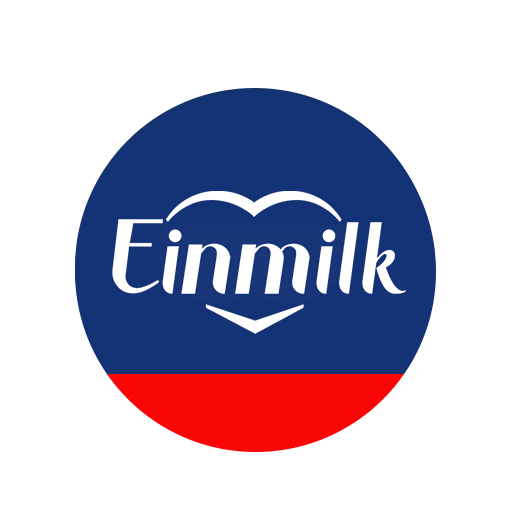Baby Led Weaning (BLW) is a weaning method that encourages babies to self-feed. It may sound messy and scary, but here are some benefits of BLW:
- Instead of steaming and blending food especially for your baby, you can portion out ingredients for your baby and add seasoning for the adults. You can also eat while baby self-feeds!
- BLW babies are encouraged to self-feed. By doing so, they get to determine what and how much to consume, rather than being coaxed or forced into finishing their food with traditional spoon feeding. With BLW, parents trust that babies know their own bodies and will stop eating once they are full. It is the basis of regulating their appetite.
- Babies on traditional weaning are fed soft foods which do not require chewing. For BLW, babies are exposed to a variety of different textures, shapes and tastes. The babies learn how to chew their food before swallowing. This strengthens their jaw muscles as well.

Crinkle cut vegetables for an appealing appearance and make it easier for baby-led weaning babies to hold.
Before attempting BLW, you should ensure that your baby is ready for it. Look out for these signs before starting as safety is of priority:
Once your baby is ready, you can start! BLW does not have to be as messy as people think. For easy cleanups, lay a large picnic mat on the floor below the high chair and use a high chair which is light and easy to hose down (this is popular among mothers).
Babies below the age of one should never be fed honey or nuts due to the risk of botulism and a risk of choking respectively. Other foods with possible allergens include egg and shellfish (crabs, shrimp, clams, lobsters etc).

Baby Led Weaning encourages babies to choose healthier foods.
As a rule of thumb, foods prepared for BLW should be soft enough to squish between your thumb and index finger. Some popular first foods for BLW babies include avocados, banana, steamed carrots and broccoli.
It is best to ensure that food is cut in strips about the length of your index finger for babies to grip easily. If you are offering spherical foods such as grapes or strawberries, cut them lengthwise into quarters to prevent choking.
Prepare about three or four types of food for your baby to explore. Lay the food on the high chair tray or on a placemat and do not intervene in the process by holding the food to your baby’s mouth.
Don’t fret if your baby rejects the food or worry if he or she is not eating much. Milk should still be the main source of nutrients until they turn one year old. As such, it is more for them to explore the foods and be introduced to solid food.

Baby Led Weaning strengthens fine motor coordination by learning how to grasp food and put it into their mouths.
A huge concern for parents when deciding to embark on BLW is that their babies will choke and whether their babies are able to chew food without teeth. To counter this, ensure that you take note of the choking hazards and do not attempt BLW if your baby is not physiologically ready for it.
It may be frightening if your baby gags, but this is entirely normal. When food travels to the back of the throat, a gag reflex occurs and the baby will try to force the food out. It is important to stay calm and not panic when a baby is gagging as it is a normal process.
The important thing is to look out for choking. If a baby is choking, he or she will be unable to breathe, cry, cough or make any noise. Thus, it is essential that the main caregiver is aware of basic infant first aid techniques for choking.
Enjoy the baby led weaning journey with your baby!
With love,
A mummy of 2 baby-led weaning babies
Let us know what you think about BLW, or if you’ve attempted it with your child before in the comments!



